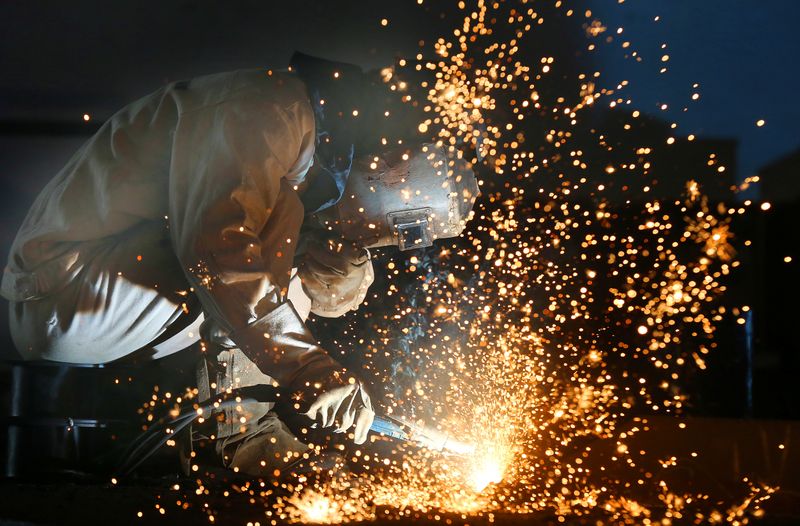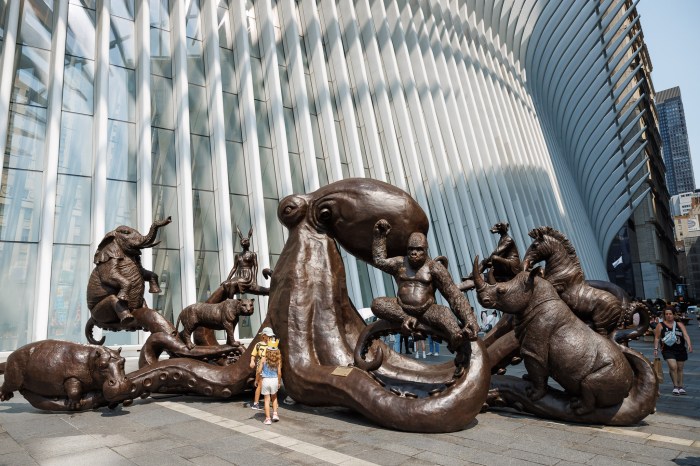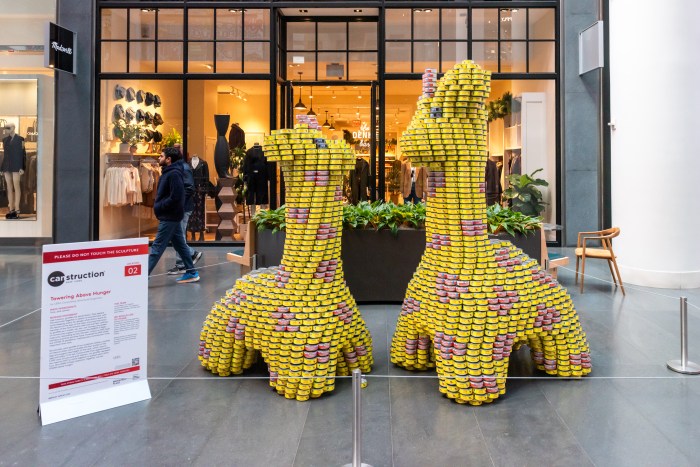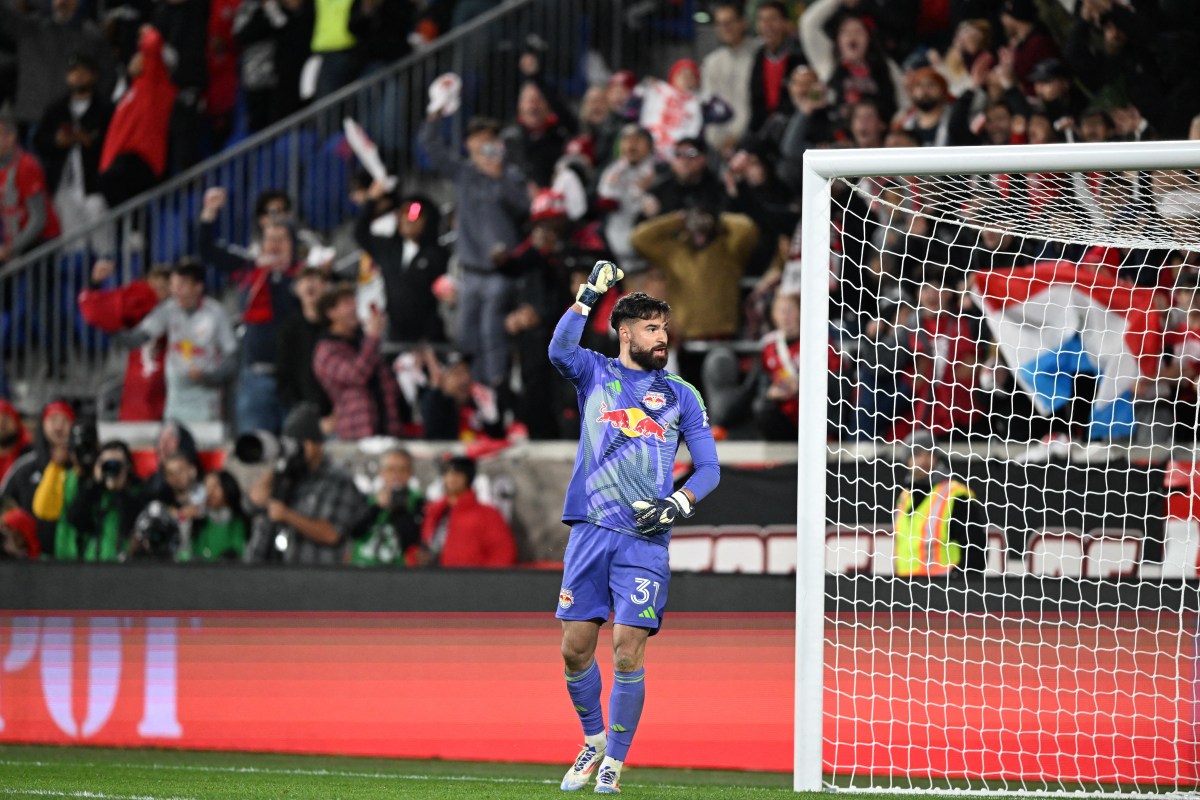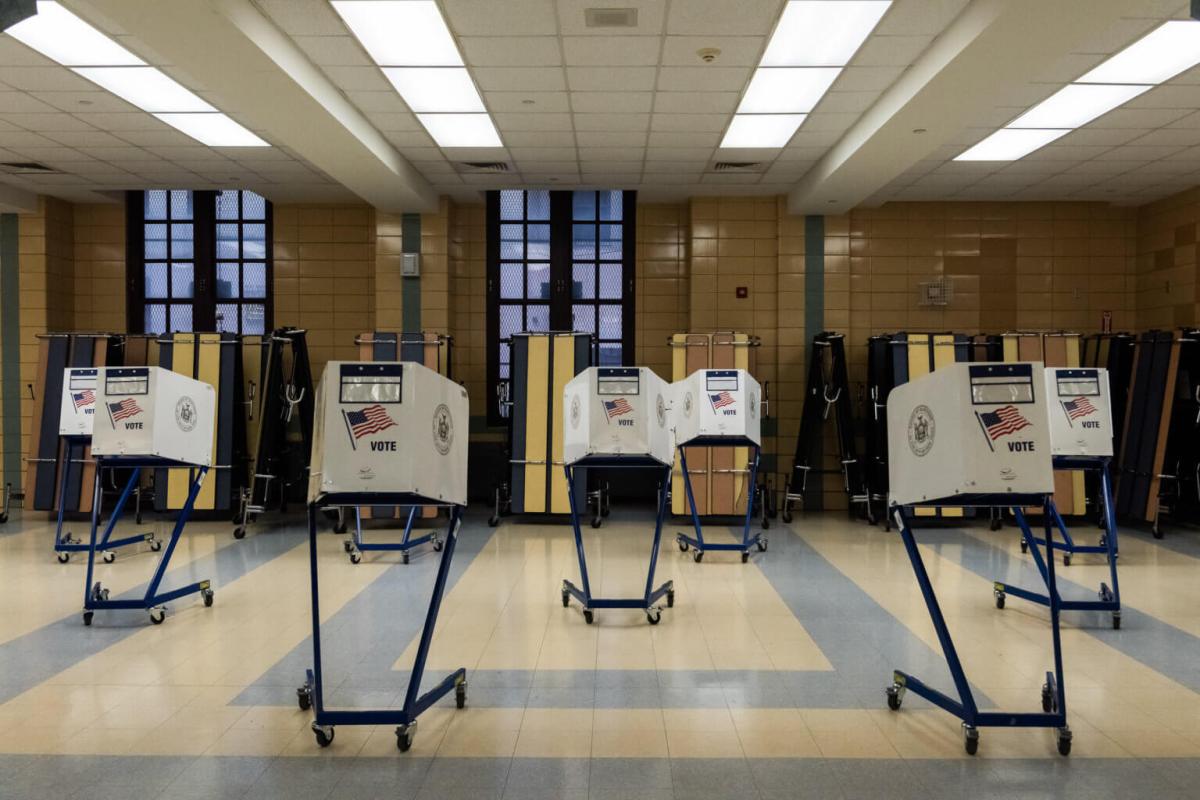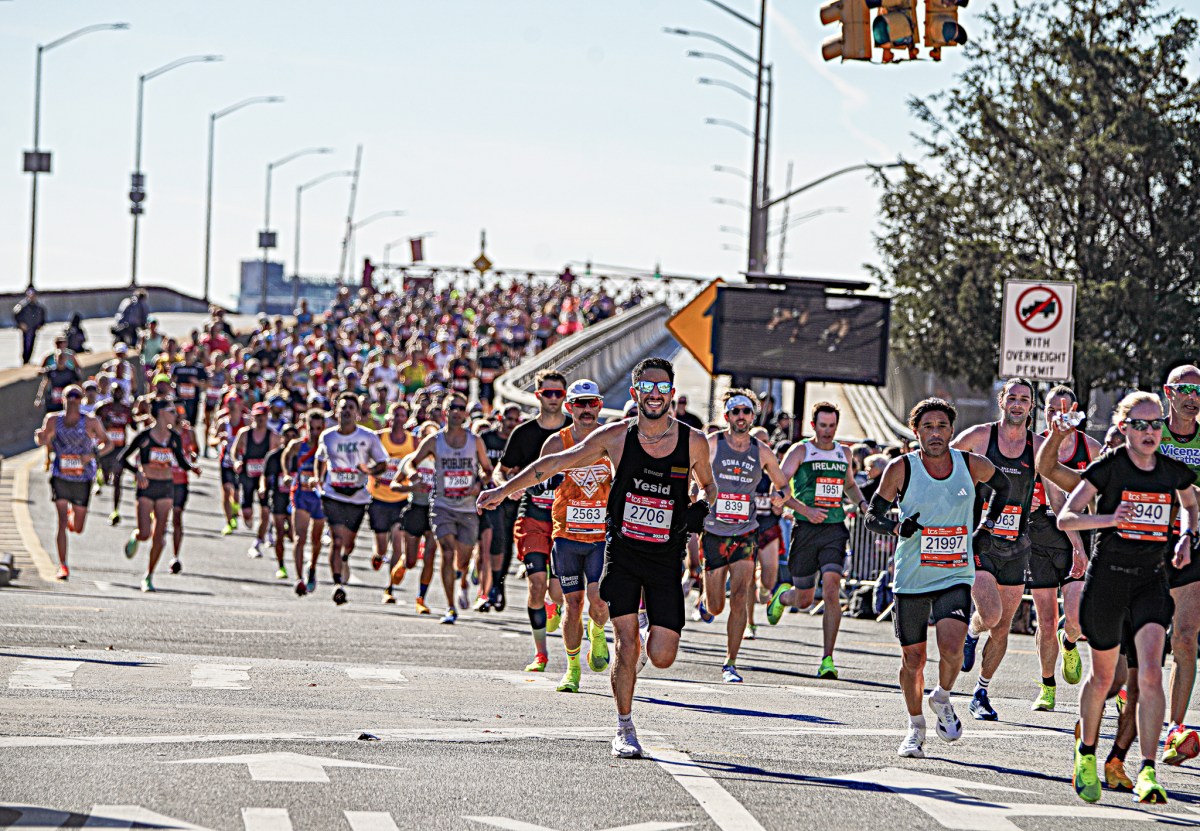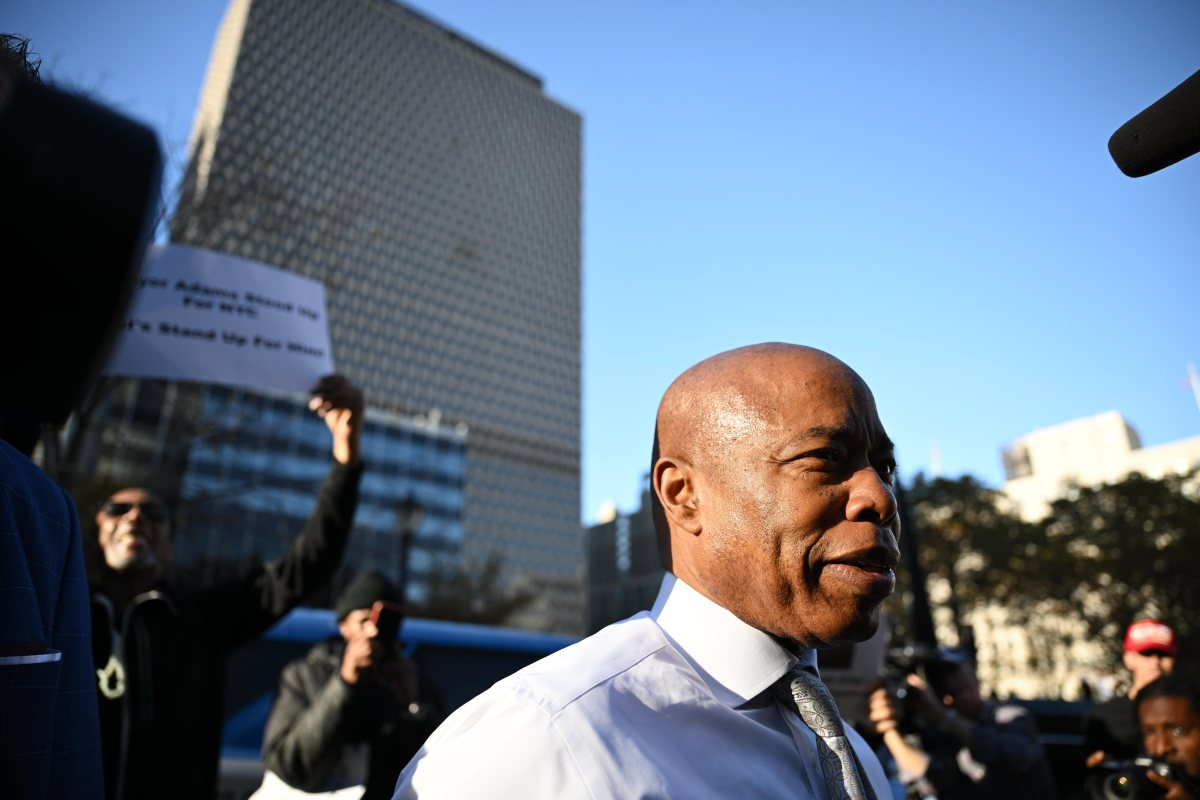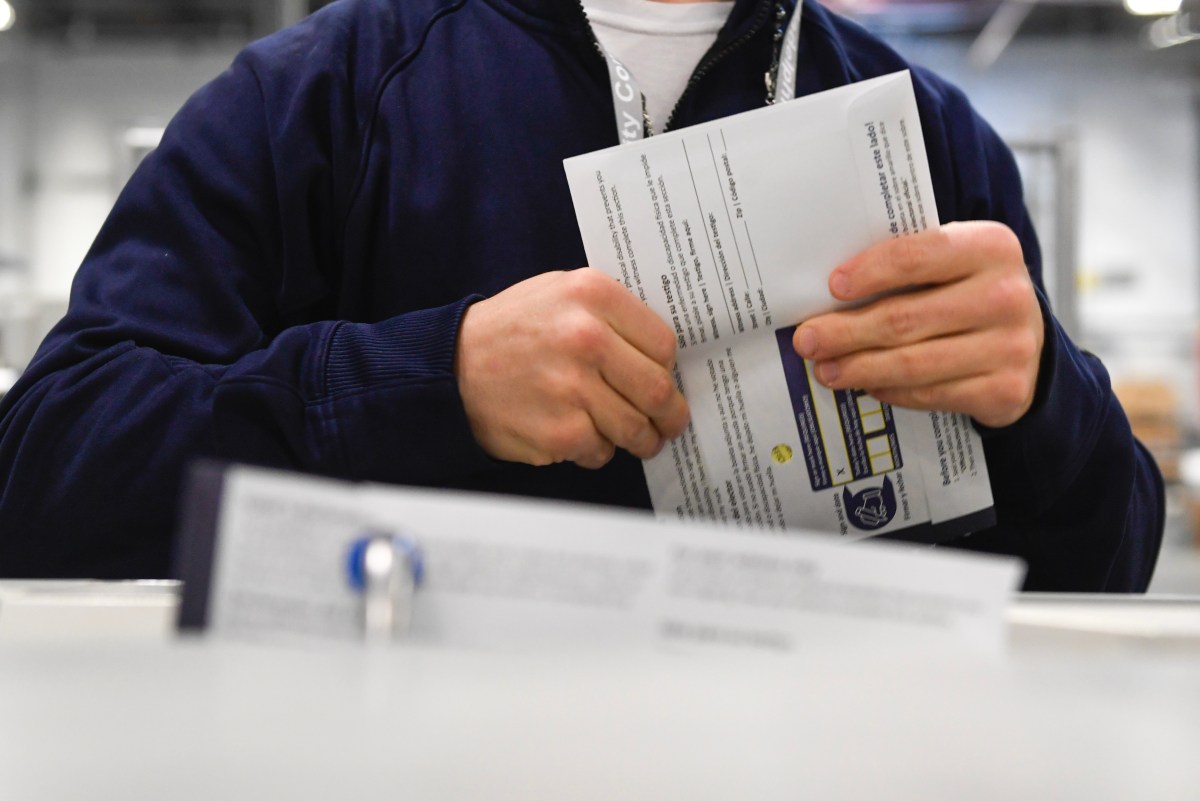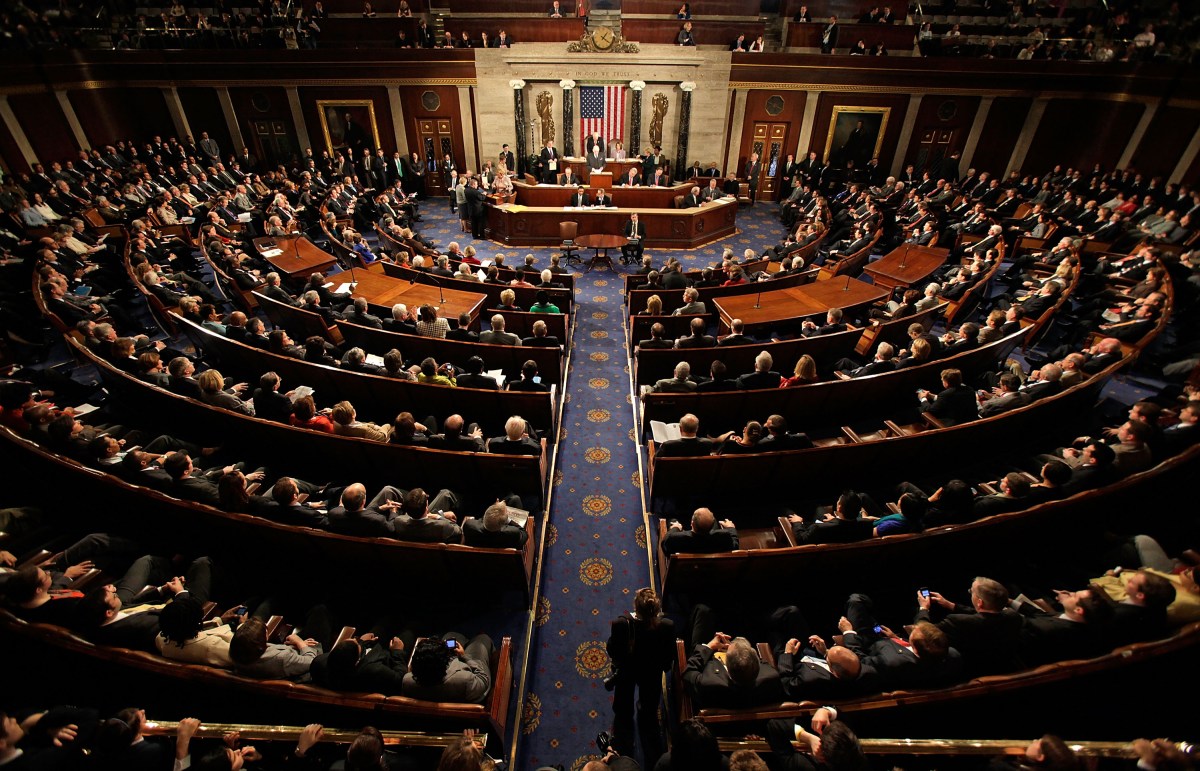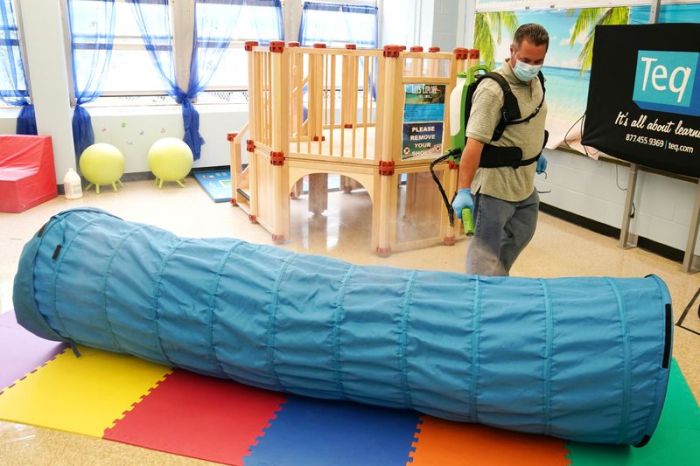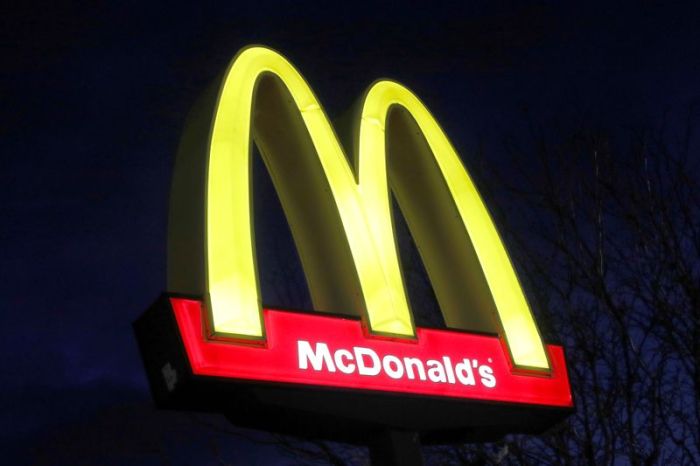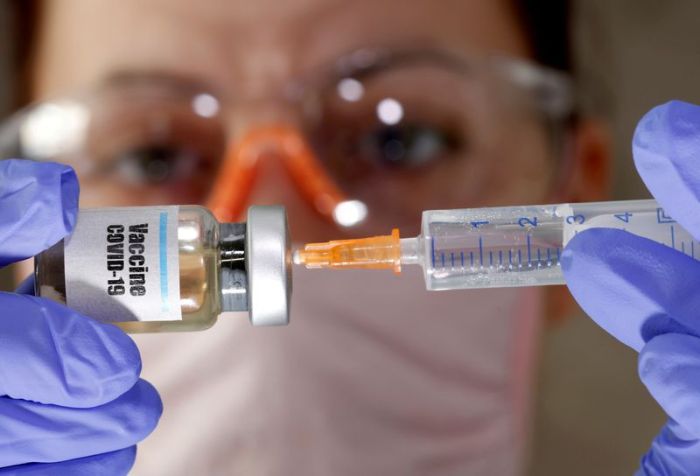LONDON/TOKYO/WASHINGTON (Reuters) – Factories across Europe, Asia and North America continued to shake off the coronavirus gloom in August as the global economy emerged from a downturn triggered by the health crisis, thanks in part to massive fiscal and monetary stimulus programmes.
Surveys showing an expansion in manufacturing activity may reduce pressure on policymakers to take bolder steps to avert a deeper recession. J.P. Morgan’s measure of global manufacturing activity rose to a 21-month high of 51.8 in August from 50.6 in July, the second straight month above the neutral reading of 50.
Many analysts expect the recovery to be choppy, however, as renewed waves of coronavirus infections curb business activity and prevent some nations from fully reopening their economies. Fears of a resurgence in infections in some economies may discourage firms from boosting capital expenditure and delay a sustained rebound, some analysts say.
“We expect that ongoing coronavirus-related headwinds will constrain the manufacturing sector’s recovery to only a modest pace going forward,” analysts at Oxford Economics wrote following data showing U.S. factory activity near a two-year high.
“Indeed, the latest Eurozone and Asian PMI manufacturing readings signal the recovery is losing steam, even in countries that did arguably a better job at containing the virus than the U.S.”
The Institute for Supply Management’s purchasing manager’s index for manufacturing rose to 56 this month – the highest since November 2018 – from 54.2 in July, led by the largest level of new orders in more than 16 years. Similarly, Canada’s PMI hit a two-year high, IHS Markit reported on Tuesday.
Euro zone manufacturing activity, meanwhile, remained on a recovery path last month, but factory managers were wary about investing and hiring workers as the pandemic rages on.
Manufacturing output, which didn’t suffer quite as sharp a decline as the services industry during coronavirus lockdowns, increased for a second straight month.
IHS Markit’s final Manufacturing Purchasing Managers’ Index (PMI) dipped to 51.7 in August from July’s 51.8, in line with an earlier flash reading and comfortably ahead of the 50 mark separating growth from contraction. [EUR/PMIM]
Unemployment in the 19-country euro zone only nudged up to 7.9% in July, official data showed, but consumer prices fell in August, against market expectations of a small increase.
“Some modest good news, the manufacturing sector for now remains a bit of a bright spot. Short-term work schemes across Europe are working so well that unemployment has increased to just 7.9% – without them unemployment would be around 10%,” said Bert Colijn at ING.
“With concerns about double-dips increasing and virus cases up across Europe, the PMI – especially on the services side – provides reason to worry about the pace of the recovery and perhaps even a reversal of output growth.”
German manufacturers’ recovery from lockdown measures continued last month, but activity in France slipped back into contractionary territory as the second-biggest euro zone economy grappled with hits to business caused by the pandemic.
British factory output recovered some lost ground as output rose at the fastest pace in more than six years. [GB/PMIM]
STRONG CHINA
Manufacturing activity in China expanded at the fastest clip in nearly a decade in August, as factories ramped up output to meet rebounding demand, a private survey showed. New export orders rose for the first time this year.
The upbeat findings contrasted with an official survey on Monday, which showed China’s factory activity grew at a slightly slower pace in August.
China’s Caixin/Markit PMI rose to 53.1 in August from July’s 52.8, marking the biggest rate of expansion since January 2011.
Japan and South Korea both saw factory output contract at the slowest pace in six months, reinforcing expectations the region’s export powerhouses are past the worst from a collapse in demand after the coronavirus struck.
The spill-over to other parts of Asia, however, remains patchy. While manufacturing activity rose in Taiwan and Indonesia, it slid in the Philippines, Vietnam and Malaysia.
India’s factory output grew in August for the first time in five months as the easing of lockdown restrictions spurred demand. But analysts do not expect a quick turnaround in the economy, which contracted at its steepest pace on record last quarter.[ECILT/IN]
While South Korea’s exports fell for a sixth straight month in August, trade data – first to be reported among major exporting economies – signalled a gradual recovery in global demand.
Japan is meanwhile in the midst of a leadership change after Prime Minister Shinzo Abe said last week he would step down, raising uncertainty about the policy outlook.
“There is … a risk that the leadership transition could bring about a period of policy paralysis and uncertainty, should Japan experience a run of frequent changes in premierships, as occurred prior to 2012,” Fitch Ratings said in a research note.
(Reporting by Jonathan Cable, Leika Kihara and Lucia Mutikani; additional reporting by Fergal Smith and Dan Burns; Editing by Shri Navaratnam, Catherine Evans and Paul Simao)

